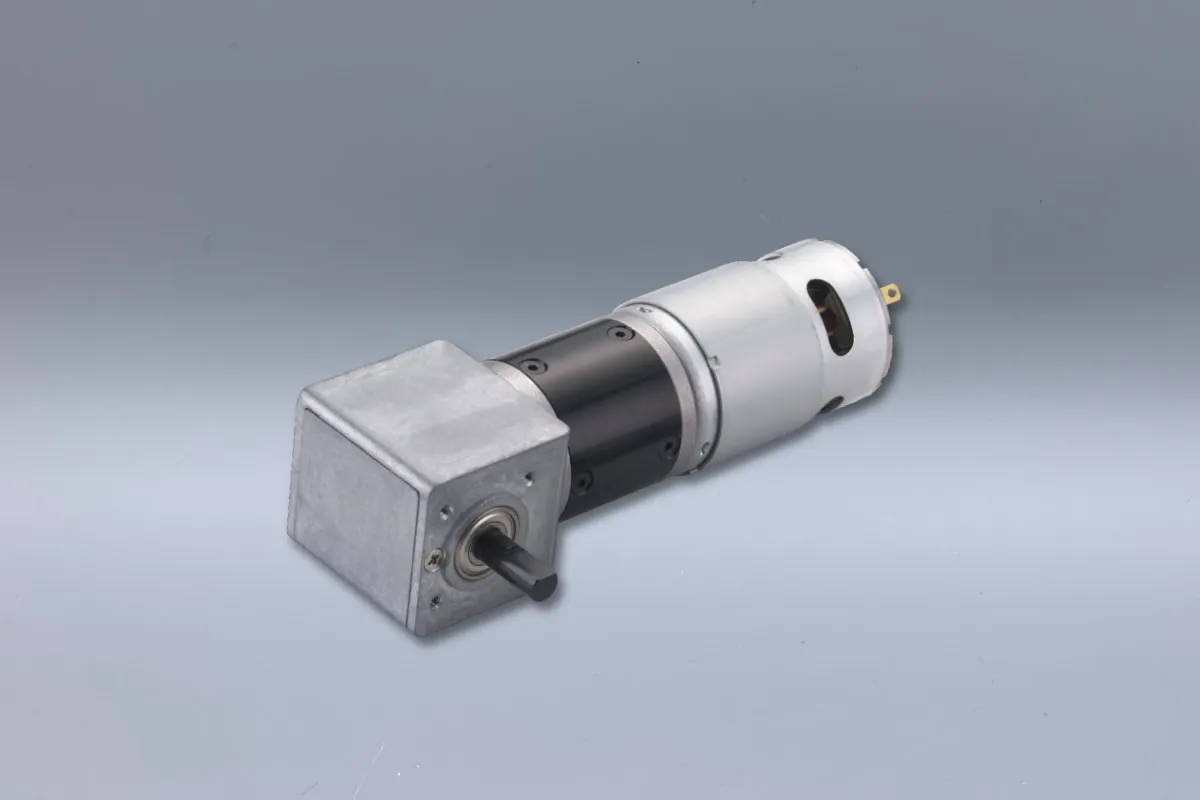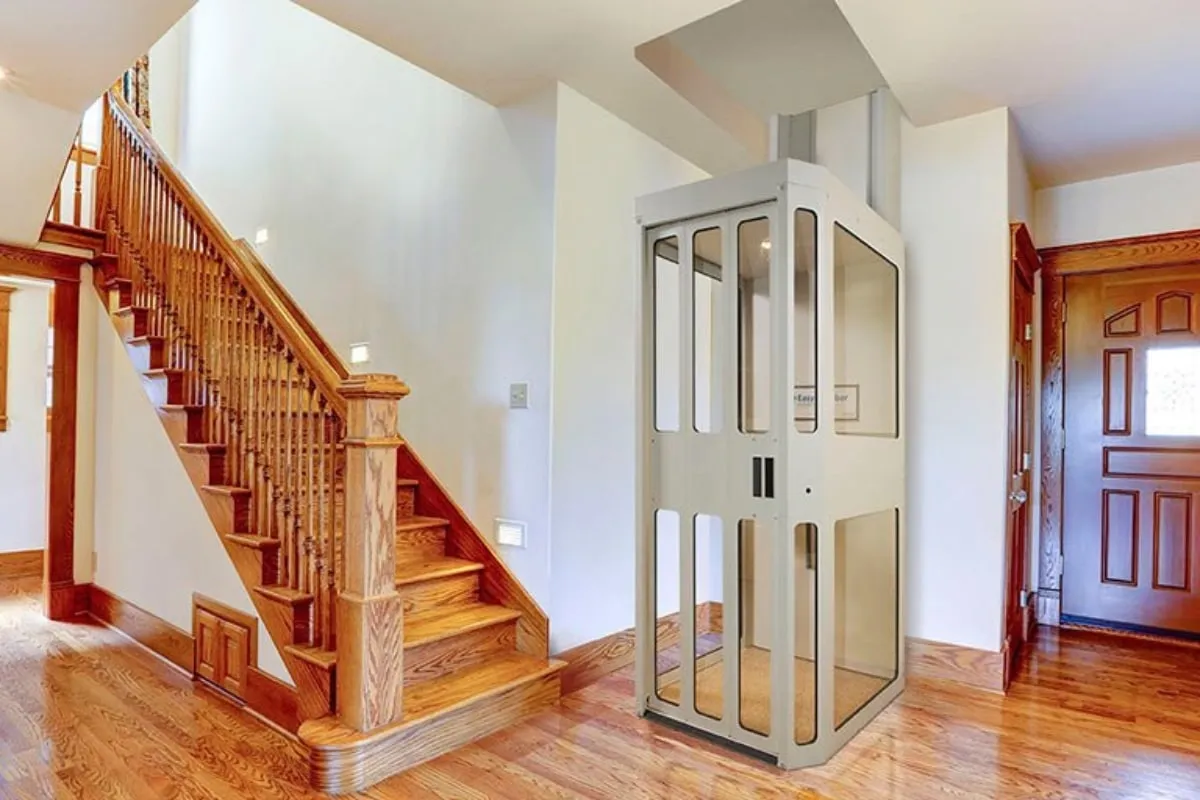There has been an increased interest in residential elevators and stairlifts, as homes get larger, and homeowners get older. Mobility and accessibility are a focus of contemporary architecture, with architects planning around personal elevators. Residential lifts differ from the traditional elevator that is found in an office building, as they’re typically a more compact design and utilize a hydraulic drive system. Due to the small-scale nature of residential systems, often an electric motor equipped with a right angle gearbox is needed for the actuation of various functions. A right angle gearbox allows for an inline gear motor to have its output shaft offset 90 degrees.
Residential elevators and automated doors play a crucial role in enhancing accessibility and convenience within homes. These elevators provide a convenient way for individuals with mobility issues or disabilities to move between different floors of their homes. They eliminate the need for climbing stairs, making it easier for people to navigate their homes independently. Additionally, residential elevators can also add value to a property, making it more appealing to potential buyers.
Alongside elevators, residential automatic doors are an essential component of any handicap accessible home but also serve as a premium feature in any residence. They provide security, privacy, and ease of access, ensuring that the occupants feel safe and comfortable within their living spaces. Whether it’s a traditional swing door or a modern sliding door, the choice of residential automated doors can greatly impact the overall aesthetics and functionality of a home.




